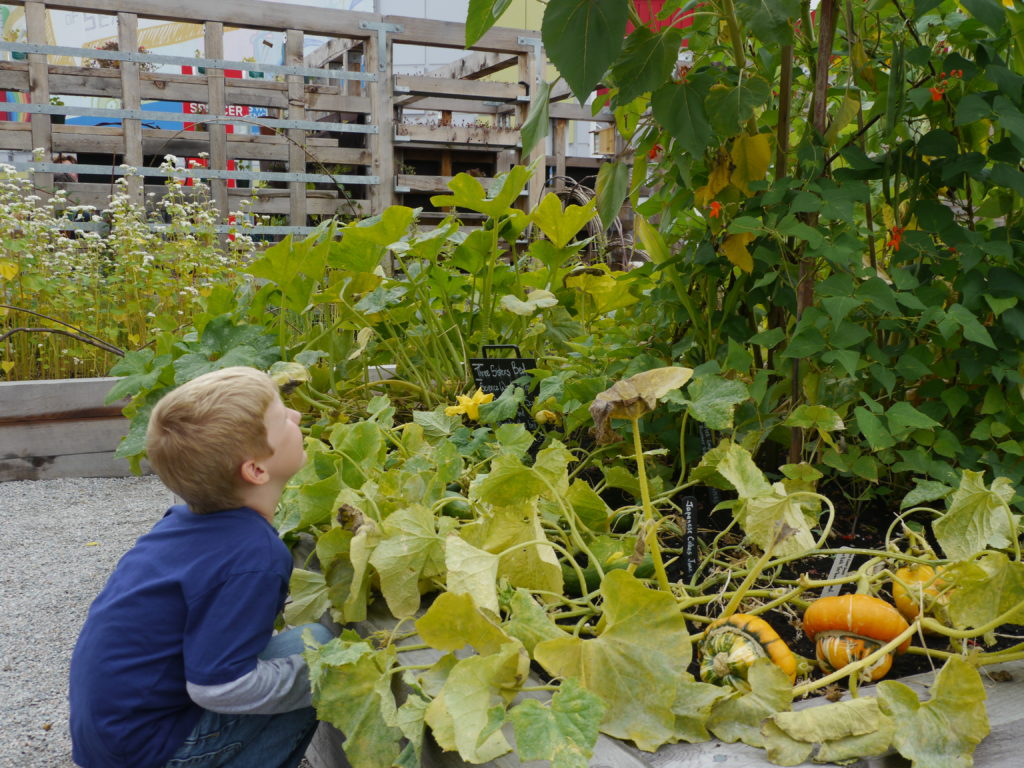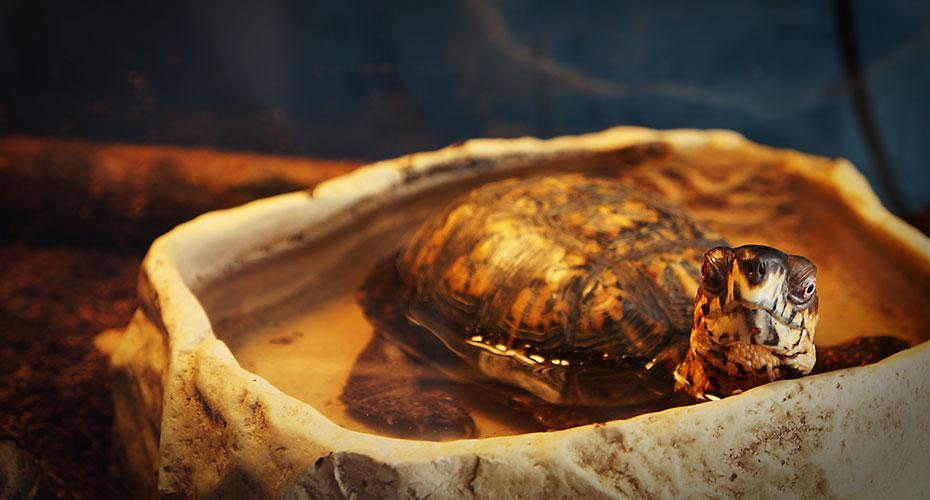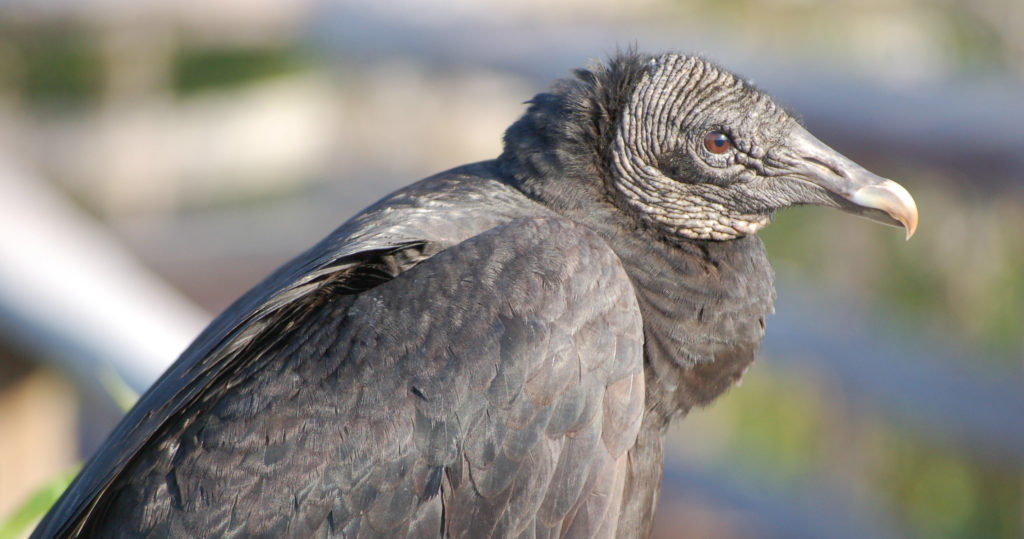In this activity, learners will describe the biodiversity observed in their neighbourhoods.
Biodiversity refers to the variety of living things on Earth, including plants, animals, bacteria, and fungi. It is usually recorded for a particular habitat or ecosystem as a biodiversity survey.
A biodiversity survey may include organisms which students have observed directly, and those they have indirect evidence for. We use different senses to observe life around us, the most direct being sight, like spotting the colour of an insect or the flash of a raccoon's mask. If we notice the sounds of bird calls, or the smell of a skunk roaming the neighbourhood, these are indirect observations of biodiversity. Indirect observations may also include tracks, scat (animal poop), seeds, nests, etc.
We can also use the habitat in our neighbourhoods to predict what organisms could be present, if we know the requirement they have for survival. Habitat composition and construction of our neighbourhoods may provide boosts and barriers to certain organisms being present. From a small backyard to an entire neighbourhood, we can find many different kinds of plants and animals living in our community.
A BioBlitz is a biodiversity survey with in a set time frame. This is an event that focuses on finding and identifying as many species as possible in a specific area over a short period of time. At a BioBlitz, scientists, families, students, teachers, and other community members work together to get a snapshot of an area's biodiversity.
Whether it's through a general survey or a BioBlitz, when we record these observations and make data available to scientists, we become part of a growing global community science network.

 copy.jpg)


